随时随地技术实战干货,获取项目源码、学习资料,请关注源代码社区公众号(ydmsq666)

addCookie
addCookie(Cookie) {boolean}
Introduced: PhantomJS 1.7
Add a Cookie to the page. If the domain does not match the current page, the Cookie will be ignored/rejected. Returns true if successfully added, otherwise false.
Examples
var webPage = require('webpage');
var page = webPage.create();phantom.addCookie({'name' : 'Valid-Cookie-Name', /* required property */'value' : 'Valid-Cookie-Value', /* required property */'domain' : 'localhost','path' : '/foo', /* required property */'httponly' : true,'secure' : false,'expires' : (new Date()).getTime() + (1000 * 60 * 60) /* <-- expires in 1 hour */childFramesCount
Deprecated.
Examples
var webPage = require('webpage');
var page = webPage.create();
// @TODO: Finish page.childFramesCount example.childFramesName
Deprecated.
Examples
var webPage = require('webpage');
var page = webPage.create();
// @TODO: Finish page.childFramesName example.clearCookies
clearCookies() {void}
Introduced: PhantomJS 1.7
Delete all Cookies visible to the current URL.
Examples
var webPage = require('webpage');
var page = webPage.create();
// @TODO: Finish page.clearCookies example.close
close() {void}
Introduced: PhantomJS 1.7
Close the page and releases the memory heap associated with it. Do not use the page instance after calling this.
Due to some technical limitations, the web page object might not be completely garbage collected. This is often encountered when the same object is used over and over again. Calling this function may stop the increasing heap allocation.
Examples
var webPage = require('webpage');
var page = webPage.create();
// @TODO: Finish page.close example.currentFrameName
Deprecated.
Examples
var webPage = require('webpage');
var page = webPage.create();
// @TODO: Finish page.currentFrameName example.deleteCookie
deleteCookie(cookieName) {boolean}
Introduced: PhantomJS 1.7
Delete any Cookies visible to the current URL with a ‘name’ property matching cookieName. Returns true if successfully deleted, otherwise false.
Examples
var webPage = require('webpage');
var page = webPage.create();page.deleteCookie('Added-Cookie-Name');evaluateAsync
evaluateAsync(function, [delayMillis, arg1, arg2, ...]) {void}
Evaluates the given function in the context of the web page, without blocking the current execution. The function returns immediately and there is no return value. This is useful to run some script asynchronously.
The second argument indicates the time (in milliseconds) before the function should execute. The remaining arguments are passed to the function, as with evaluate. You must specify a delay (which can be 0) if you want to pass in any arguments.
Examples
Asynchronous AJAX
var webPage = require('webpage');
var page = webPage.create();page.open("", function(status) {page.includeJs("http://ajax.googleapis.com/ajax/libs/jquery/1.6.1/jquery.min.js", function() {page.evaluateAsync(function() {$.ajax({url: "api1", success: function() {}});});page.evaluateAsync(function(apiUrl) {$.ajax({url: apiUrl, success: function() {}});}, 1000, "api2");});
});evaluateJavaScript
evaluateJavaScript(str)
Evaluate a function contained in a string.
evaluateJavaScript evaluates the function defined in the string in the context of the web page. It is similar to evaluate.
Examples
Set a variable and log it from the web page
This example passes a constant value from phantomjs to the window object in the context of the web page, and then logs that value.
var webPage = require('webpage');
var page = webPage.create();page.onConsoleMessage = function(msg) {console.log('The web page said: ' + msg);
};page.open('http://phantomjs.org/', function(status) {var script1 = "function(){ window.phantomVar='phantomjs made me do it!'; }";var script2 = "function(){ console.log(window.phantomVar); }";page.evaluateJavaScript(script1);page.evaluateJavaScript(script2);phantom.exit();
});
Notice that str must contain the text of a function declaration. The declared function is invoked immediately.
If you try to use it simply to define a variable like this. it won’t work.
page.evaluateJavaScript("window.phantomVar='phantomjs made me do it!';"); /*wrong*/
If you try this you’ll get an error message like this:
SyntaxError: Expected token ')'phantomjs://webpage.evaluate():1 in evaluateJavaScript
Extract the phantomjs.org website’s logo url
var webPage = require('webpage');
var page = webPage.create();page.onConsoleMessage = function(msg) {console.log('CONSOLE: ' + msg);
};page.open('http://phantomjs.org/', function(status) {var logoUrl = page.evaluateJavaScript('function(){return document.body.querySelector("img").src;}');console.log(logoUrl); // http://phantomjs.org/img/phantomjs-logo.pngphantom.exit();});evaluate
evaluate(function, arg1, arg2, ...) {object}
Evaluates the given function in the context of the web page. The execution is sandboxed, the web page has no access to the phantom object and it can’t probe its own setting.
Examples
Get the page title from Bing.com (1)
var webPage = require('webpage');
var page = webPage.create();page.open('http://m.bing.com', function(status) {var title = page.evaluate(function() {return document.title;});console.log(title);phantom.exit();});
Get the page title from Bing.com (2)
As of PhantomJS 1.6, JSON-serializable arguments can be passed to the function. In the following example, the text value of a DOM element is extracted.
The following example achieves the same end goal as the previous example but the element is chosen based on a selector which is passed to the evaluate call:
page.open('http://m.bing.com', function(status) {var title = page.evaluate(function(s) {return document.querySelector(s).innerText;}, 'title');console.log(title);phantom.exit();});
Note: The arguments and the return value to the evaluate function must be a simple primitive object. The rule of thumb: if it can be serialized via JSON, then it is fine.
Closures, functions, DOM nodes, etc. will not work!
Any console message from a web page, including from the code inside evaluate, will not be displayed by default. To override this behavior, use the onConsoleMessage callback. The first example can be rewritten to:
Get the page title from Bing.com and print it inside evaluate
var webPage = require('webpage');
var page = webPage.create();page.onConsoleMessage = function(msg) {console.log(msg);
}page.open('http://m.bing.com', function(status) {page.evaluate(function() {console.log(document.title);});phantom.exit();});getPage
getPage(windowName)
Examples
var webPage = require('webpage');
var page = webPage.create();
// @TODO: Finish page.getPage example.goBack
goBack()
Examples
var webPage = require('webpage');
var page = webPage.create();
// @TODO: Finish page.goBack example.goForward
goForward()
Examples
var webPage = require('webpage');
var page = webPage.create();
// @TODO: Finish page.goForward example.go
go(index)
Examples
var webPage = require('webpage');
var page = webPage.create();
// @TODO: Finish page.go example.includeJs
includeJs(url, callback) {void}
Includes external script from the specified url (usually a remote location) on the page and executes the callback upon completion.
Examples
var webPage = require('webpage');
var page = webPage.create();page.includeJs(// Include the https version, you can change this to http if you like.'https://ajax.googleapis.com/ajax/libs/jquery/1.8.2/jquery.min.js',function() {(page.evaluate(function() {// jQuery is loaded, now manipulate the DOMvar $loginForm = $('form#login');$loginForm.find('input[name="username"]').value('phantomjs');$loginForm.find('input[name="password"]').value('c45p3r');}))}
);injectJs
injectJs(filename) {boolean}
Injects external script code from the specified file into the page (like page.includeJs, except that the file does not need to be accessible from the hosted page).
If the file cannot be found in the current directory, libraryPath is used for additional look up.
This function returns true if injection is successful, otherwise it returns false.
Examples
Inject do.js file into phantomjs.org page
var webPage = require('webpage');
var page = webPage.create();page.open('http://www.phantomjs.org', function(status) {if (status === "success") {page.includeJs('http://ajax.googleapis.com/ajax/libs/jquery/1.7.2/jquery.min.js', function() {if (page.injectJs('do.js')) {var title = page.evaluate(function() {// returnTitle is a function loaded from our do.js file - see belowreturn returnTitle();});console.log(title);phantom.exit();}});}
});
Where do.js is simply:
window.returnTitle = function() {return document.title;
};
The console log will be:
"PhantomJS | PhantomJS"
Note: The arguments and the return value to the evaluate function must be a simple primitive object. The rule of thumb: if it can be serialized via JSON, then it is fine.
Closures, functions, DOM nodes, etc. will not work!
openUrl
openUrl(url, httpConf, settings)
Examples
var webPage = require('webpage');
var page = webPage.create();
// @TODO: Finish page.openUrl example.open
open(url, callback) {void}
open(url, method, callback) {void}
open(url, method, data, callback) {void}
open(url, settings, callback) {void}
Opens the url and loads it to the page. Once the page is loaded, the optional callbackis called using page.onLoadFinished, with the page status ('success' or 'fail') provided to it.
Examples
GET google.com and report “success” or “fail”
var webPage = require('webpage');
var page = webPage.create();page.open('http://www.google.com/', function(status) {console.log('Status: ' + status);// Do other things here...
});
POST data to google.com and report “success” or “fail”
As of PhantomJS 1.2, the open function can be used to request a URL with methods other than GET. This syntax also includes the ability to specify data to be sent with the request. In the following example, we make a request using the POST method, and include some basic data.
var webPage = require('webpage');
var page = webPage.create();
var postBody = 'user=username&password=password';page.open('http://www.google.com/', 'POST', postBody, function(status) {console.log('Status: ' + status);// Do other things here...
});
POST json data to your.custom.api in utf-8 encoding
As of PhantomJS 1.9, the open function can get an object of settings. and with a use of “encoding” key, you can set the custom encoding to your app. In this example, we’ve set the encoding to UTF8, and set the Content-Type header to application/json for making our server know the request has information in json format and not in urlencoded format.
var webPage = require('webpage');
var page = webPage.create();
var settings = {operation: "POST",encoding: "utf8",headers: {"Content-Type": "application/json"},data: JSON.stringify({some: "data",another: ["custom", "data"]})
};page.open('http://your.custom.api', settings, function(status) {console.log('Status: ' + status);// Do other things here...
});release
release() {void}
Stability: DEPRECATED - Use page.close
Releases memory heap associated with this page. Do not use the page instance after calling this.
Due to some technical limitations, the web page object might not be completely garbage collected. This is often encountered when the same object is used over and over again. Calling this function may stop the increasing heap allocation.
Examples
var webPage = require('webpage');
var page = webPage.create();
// @TODO: Finish page.release example.reload
Examples
var webPage = require('webpage');
var page = webPage.create();
// @TODO: Finish page.reload example.renderBase64
renderBase64(format)
Renders the web page to an image buffer and returns the result as a Base64-encoded string representation of that image.
Supported formats
- PNG
- GIF
- JPEG
Examples
var webPage = require('webpage');
var page = webPage.create();page.viewportSize = {width: 1920,height: 1080
};page.open('http://phantomjs.org', function (status) {var base64 = page.renderBase64('PNG');console.log(base64);phantom.exit();
});renderBuffer
renderBuffer(format, quality)
Renders the web page to an image buffer which can be sent directly to a client (e.g. using the webserver module)
Supported formats
- PNG
- GIF
- JPEG
Examples
var server = require('webserver').create();var listening = server.listen(8001, function(request, response) {var url = "http://phantomjs.org", format = 'png', quality = -1;var page = require('webpage').create();page.viewportSize = {width: 800,height: 600};page.open(url, function start(status) {// Buffer is an Uint8ClampedArrayvar buffer = page.renderBuffer(format, quality);response.statusCode = 200;response.headers = {"Cache": "no-cache","Content-Type": "image/" + format};page.close();// Pass the Buffer to 'write' to send the Uint8ClampedArray to the clientresponse.write(buffer);response.close();});});render
render(filename [, {format, quality}]) {void}
Renders the web page to an image buffer and saves it as the specified filename.
Currently, the output format is automatically set based on the file extension.
Supported formats
- PNG
- JPEG
- BMP
- PPM
- GIF support depends on the build of Qt used
Quality
An integer between 0 and 100.
The quality setting only has an effect on jpeg and png formats. With jpeg, it sets the quality level as a percentage, in the same way as most image editors. (The output file always has 2x2 subsampling.) A level of 0 produces a very small, very low quality file, and 100 produces a much larger, high-quality file. The default level is 75. With png, it sets the lossless (Deflate) compression level, with 0 producing the smallest files, and 100 producing the largest. However, the files look identical, and are always true-colour.
Examples
var webPage = require('webpage');
var page = webPage.create();page.viewportSize = { width: 1920, height: 1080 };
page.open("http://www.google.com", function start(status) {page.render('google_home.jpeg', {format: 'jpeg', quality: '100'});phantom.exit();
});
More information
The image generation code (except for PDF output) uses QImage from the Qt framework, documented at http://doc.qt.io/qt-5/qimage.html#save.
sendEvent
Sends an event to the web page.
1.7 implementation source.
The events are not synthetic DOM events, each event is sent to the web page as if it comes as part of user interaction.
Mouse events
sendEvent(mouseEventType[, mouseX, mouseY, button='left'])
The first argument is the event type. Supported types are 'mouseup', 'mousedown', 'mousemove', 'doubleclick' and 'click'. The next two arguments are optional but represent the mouse position for the event.
The button parameter (defaults to left) specifies the button to push.
For 'mousemove', however, there is no button pressed (i.e. it is not dragging).
Keyboard events
sendEvent(keyboardEventType, keyOrKeys, [null, null, modifier])
The first argument is the event type. The supported types are: keyup, keypress and keydown. The second parameter is a key (from page.event.key), or a string.
You can also indicate a fifth argument, which is an integer indicating the modifier key.
- 0: No modifier key is pressed
- 0x02000000: A Shift key on the keyboard is pressed
- 0x04000000: A Ctrl key on the keyboard is pressed
- 0x08000000: An Alt key on the keyboard is pressed
- 0x10000000: A Meta key on the keyboard is pressed
- 0x20000000: A keypad button is pressed
Third and fourth argument are not taken account for keyboard events. Just give null for them.
Examples
Simulate a shift+alt+A keyboard combination
var webPage = require('webpage');
var page = webPage.create();page.sendEvent('keypress', page.event.key.A, null, null, 0x02000000 |setContent
Introduced: PhantomJS 1.8
Allows to set both page.content and page.url properties.
The webpage will be reloaded with the new content and the current location set as the given url, without any actual http request being made.
Examples
var webPage = require('webpage');
var page = webPage.create();
var expectedContent = '<html><body><div>Test div</div></body></html>';
var expectedLocation = 'http://www.phantomjs.org/';
page.setContent(expectedContent, expectedLocation);stop
Examples
var webPage = require('webpage');
var page = webPage.create();
// @TODO: Finish page.stop example.switchToChildFrame
switchToChildFrame(frameName) or switchToChildFrame(framePosition)
Deprecated.
Examples
var webPage = require('webpage');
var page = webPage.create();
// @TODO: Finish page.switchToChildFrame example.switchToFocusedFrame
Examples
var webPage = require('webpage');
var page = webPage.create();
// @TODO: Finish page.switchToFocusedFrame example.switchToFrame
if the page have othe frame, you can use switchToFrame(frameName) or switchToFrame(framePosition) to exchange it.Other similar methods are switchToChildFrame(),switchToFocusedFrame,switchToMainFrame and switchToParentFrame
Examples
var webPage = require('webpage');
var page = webPage.create();
page.open('http://www.sample.com',function(status){if(status!== 'success'){console.log('Unable to access network');}else{page.switchToFrame('framwName/framwPosition');console.log(page.frameContent);phantom.exit();}
});switchToMainFrame
Examples
var webPage = require('webpage');
var page = webPage.create();
// @TODO: Finish page.switchToMainFrame example.switchToParentFrame
Examples
var webPage = require('webpage');
var page = webPage.create();
// @TODO: Finish page.switchToParentFrame example.uploadFile
uploadFile(selector, filename)
Uploads the specified file (filename) to the form element associated with the selector.
This function is used to automate the upload of a file, which is usually handled with a file dialog in a traditional browser. Since there is no dialog in this headless mode, such an upload mechanism is handled via this special function instead.
Examples
var webPage = require('webpage');
var page = webPage.create();page.uploadFile('input[name=image]', '/path/to/some/photo.jpg');

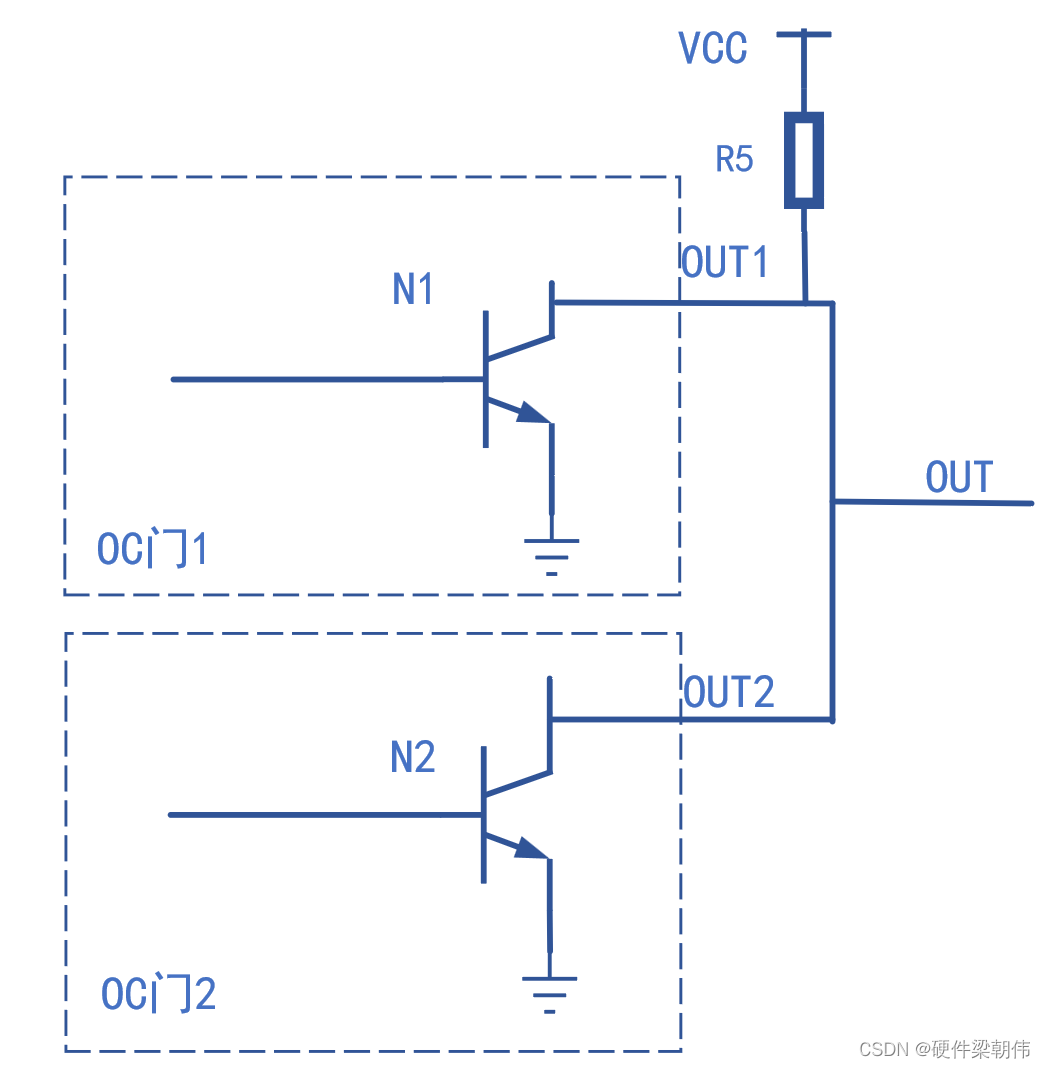
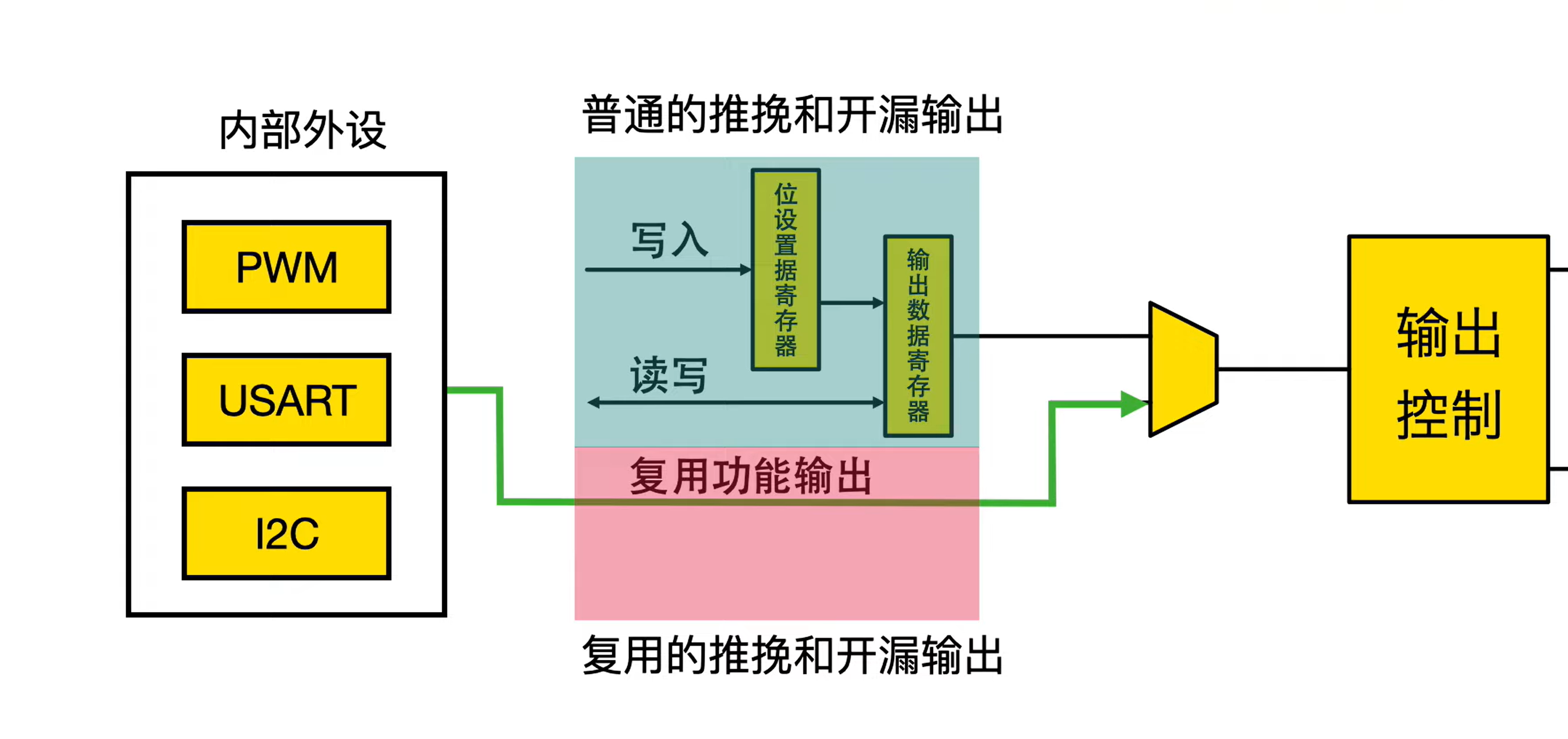


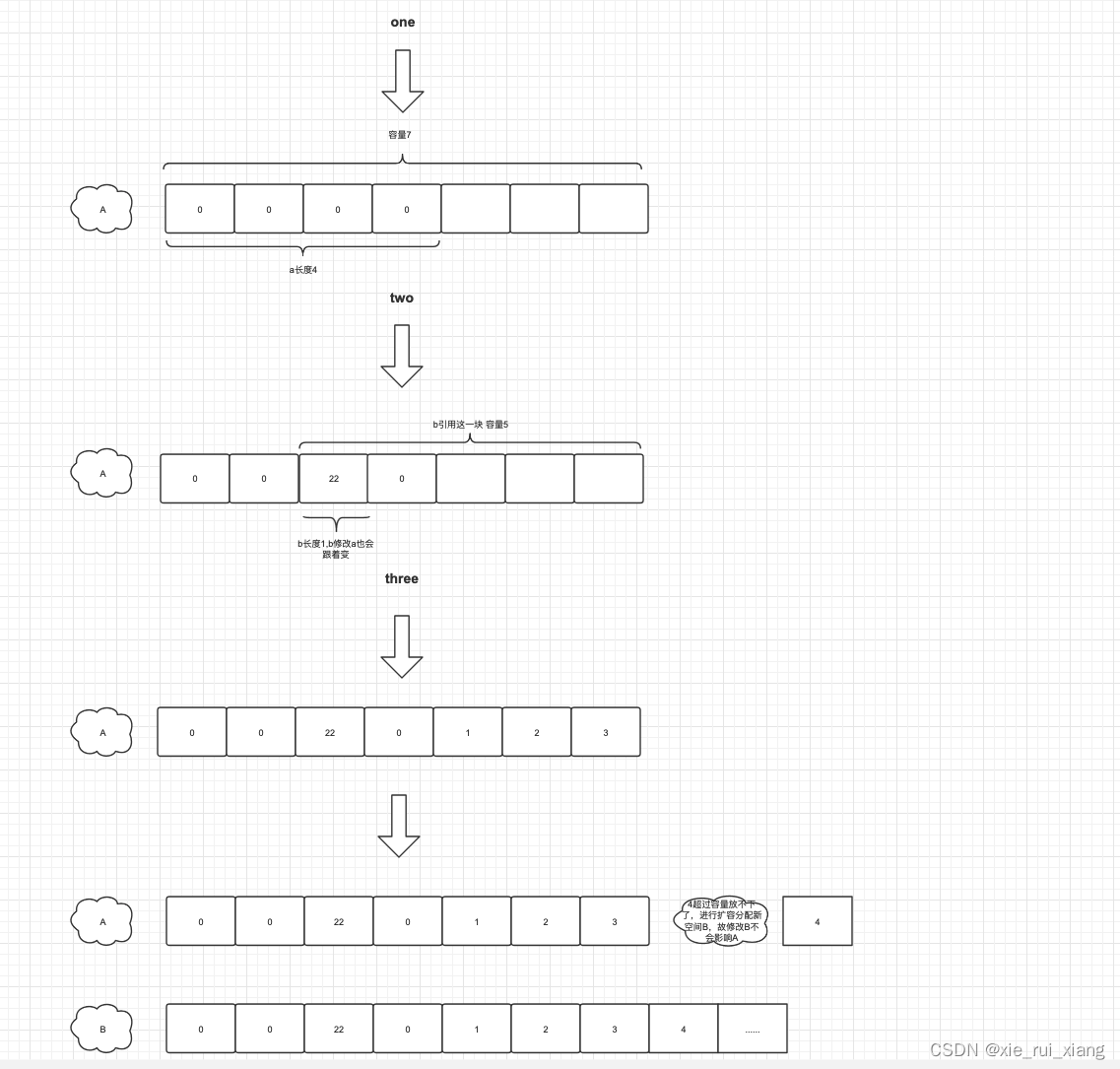



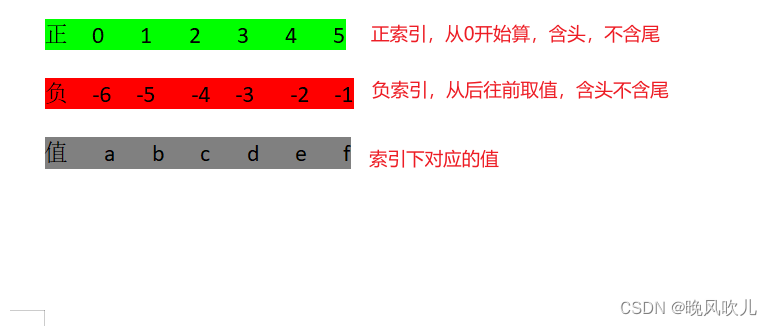
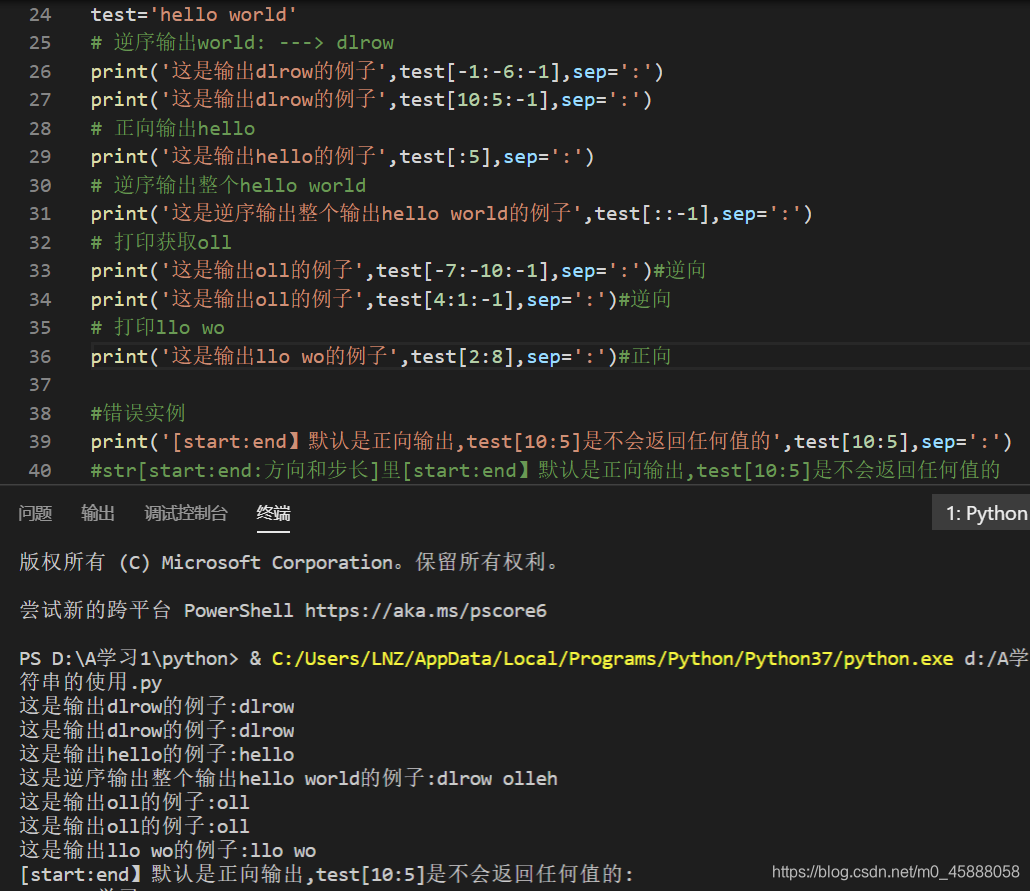

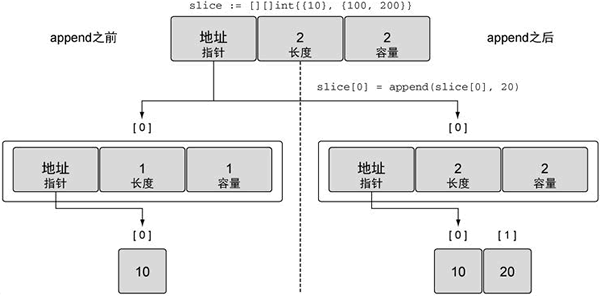
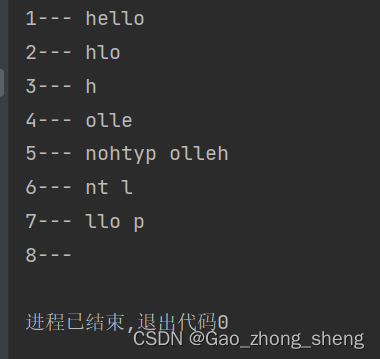

![Python列表切片详解([][:][::])](https://img-blog.csdn.net/20150601170602135)

